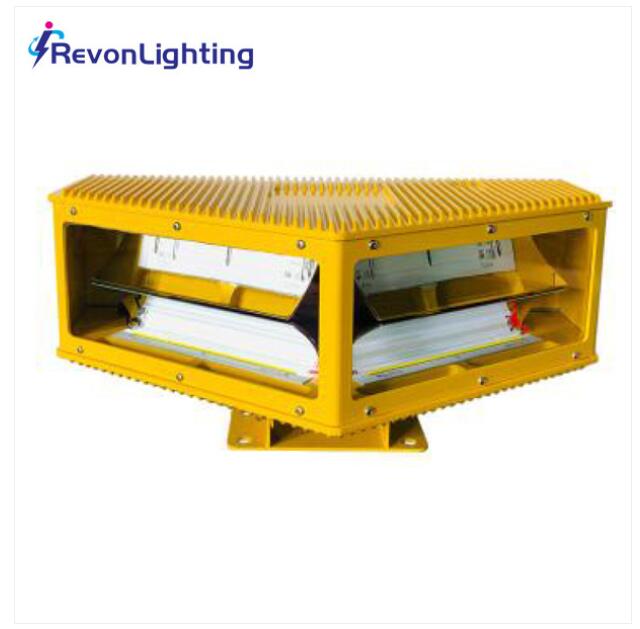Aviation lights are crucial components of aviation safety, ensuring that aircraft are visible and pilots can effectively navigate their surroundings. As with any product, the price of aviation lights can vary based on a range of factors. This article aims to explore the key factors that influence aviation light prices, including technology, regulatory requirements, market demand, and manufacturing costs.
Technological Advancements:
One significant factor influencing aviation light prices is the level of technological advancements incorporated into the lights. Advanced technologies, such as LED (Light Emitting Diode) lights, offer improved energy efficiency, longer lifespan, and enhanced visibility. While these advancements may result in higher upfront costs, they often lead to cost savings in the long run due to reduced energy consumption and maintenance requirements.
Regulatory Requirements:
Regulatory requirements set by aviation authorities, such as the Federal Aviation Administration (FAA) in the United States and the International Civil Aviation Organization (ICAO) globally, play a crucial role in determining aviation light prices. These requirements mandate specific light intensity, color, and placement standards to ensure uniformity and enhance aviation safety. Compliance with these regulations may increase the cost of manufacturing and testing, which can subsequently impact the price of aviation lights.
Market Demand and Competition:
Market demand and competition also influence aviation light prices. Higher demand for aviation lights can drive up prices due to increased production costs and limited supply. Conversely, intense competition among manufacturers can lead to price competitiveness as companies strive to attract customers by offering more affordable options. Additionally, market trends and shifts in industry preferences, such as the increasing demand for sustainable and environmentally friendly products, can influence pricing strategies.
Manufacturing Costs:
The cost of manufacturing aviation lights is another crucial factor affecting their prices. Raw material costs, labor expenses, overheads, and research and development investments all contribute to the final price. For instance, the use of premium materials, like durable and corrosion-resistant metals, may result in higher manufacturing costs, ultimately reflected in the price of the lights.

Brand Reputation and Quality:
Brand reputation and perceived quality also impact aviation light prices. Well-established brands that have built a reputation for producing reliable and high-quality lights often command higher prices. This premium pricing reflects the trust and confidence customers have in the brand's products. Conversely, lesser-known brands or new market entrants may offer more competitively priced options to gain market share and establish their reputation.
| Aviation Light Price | 34 |
| 22 | 45 |
| 23 | 56 |
Conclusion:
The pricing of aviation lights is influenced by multiple factors, including technological advancements, regulatory requirements, market demand, manufacturing costs, brand reputation, and quality. While advancements in technology and increasing market demand for energy-efficient and compliant aviation lights may contribute to higher prices, competition and manufacturing efficiencies can help keep prices competitive. Ultimately, finding the right balance between cost and quality is essential for ensuring aviation safety while meeting the diverse needs of customers in the market.